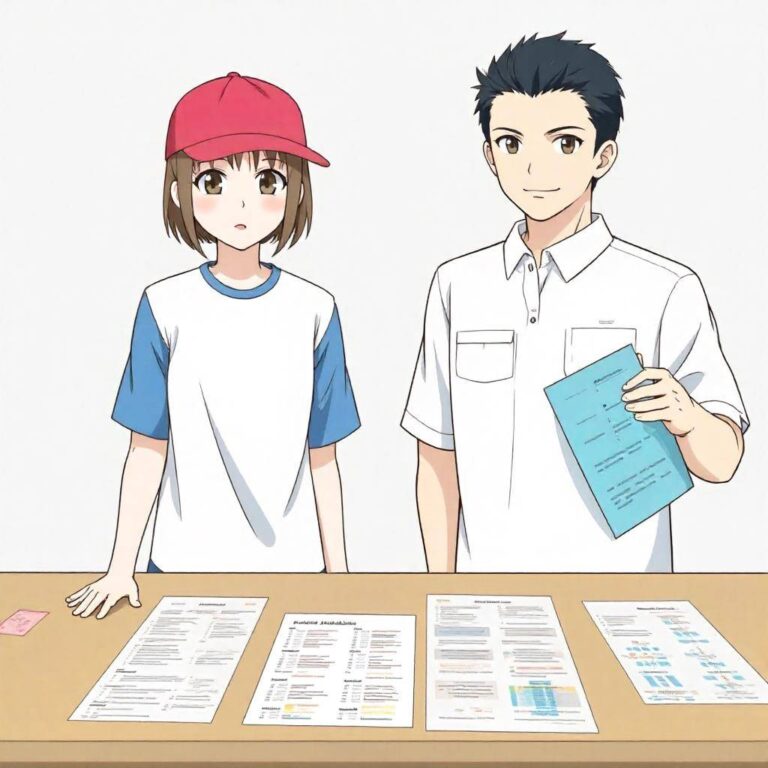Question from a reader:
I was involved in a bicycle and car accident last October and have been visiting an orthopedic clinic for about six months due to a tibial plateau fracture. Fortunately, the fracture wasn’t too severe, and I only needed a cast and crutches for two months. I’ve heard that the period during which I was in a cast
also counts towards the number of outpatient visits, but is that true? I’ve been confused by the abundance of information available when I researched. I’m also unsure which compensation chart to refer to. I have hired a lawyer, but my symptoms were stabilized in mid-May, and I am currently waiting for the other party’s receipt to apply for knee-related disability. Since July, my judicial scrivener has urged the other party’s insurance company for the receipt twice, but it still hasn’t arrived. Is such a delay common?
About Compensation for Traffic Accidents: Outpatient Visits During Cast Period and Receipt Delays
Hello! Recently, I’ve been receiving more inquiries about traffic accidents, so today I want to discuss the particularly concerning topic of “compensation.” Specifically, whether the period during which one is in a cast counts as outpatient visits and the issue of receipt delays.
Does the Cast Period Count as Outpatient Visits?
First, regarding the question of whether the period during which one is in a cast counts as outpatient visits. This is a point that many people wonder about. I also struggled with this when I received inquiries about accidents in the past. Generally, the period in which you are in a cast is included in the count of outpatient visits. This is because, even while wearing a cast, your body is still undergoing treatment. Visits to medical facilities are essential for checking the condition of the fracture and for rehabilitation. Therefore, if you were visiting an orthopedic clinic during the cast period, you should keep a proper record of those visits. However, the frequency and nature of the visits can affect the amount of compensation. For example, the more frequently you visit the orthopedic clinic, the more time and effort you spend on treatment, which could potentially increase your compensation. A friend of mine successfully negotiated compensation because they took into account the trouble caused at work during their treatment for a fracture.
About Compensation Charts
Next, regarding compensation charts, there is indeed a lot of information available, and it can be confusing to know which one to trust. I once searched online, but there were so many types of charts that I ended up not knowing what was correct. What’s important here is that compensation charts are merely reference materials, and the actual compensation will vary based on your injury’s condition, the frequency of outpatient visits, and the nature of the treatment. For instance, the severity of the fracture, the presence of any residual effects, and the duration of treatment can all impact the calculation of compensation. As far as I know, compensation for traffic accidents is generally set in stages based on the severity of the injury. It covers a wide range, from minor to severe injuries, but ultimately, consulting with a professional is the best course of action. Discussing your case with a lawyer and getting tailored advice will lead to an accurate calculation of your compensation.
About Receipt Delays
Now, let’s talk about receipt delays. This is also an issue many people experience. It can be quite stressful when you haven’t received the receipt from the other party’s insurance company. I’ve heard similar stories from friends. Typically, receipts are requested from the other party’s insurance company, and then payments are processed. However, insurance companies can be busy, and sometimes it takes time to process receipts. This can be especially true if there are many procedures involved or if the details of the accident are complex. As you mentioned, it is indeed concerning that, despite the judicial scrivener’s follow-ups, the receipt still hasn’t arrived. I know someone who had to wait for months in a similar situation. While it’s understandable to feel anxious, it can sometimes take several months, so patience is necessary.
Conclusion
The issue of compensation for traffic accidents is very complex and often varies by individual case. However, it is essential to understand that outpatient visits during the cast period count and that delays in receipts can occur. As someone who receives inquiries about accidents, I feel that collaboration with professionals, especially lawyers, is crucial. It’s important to communicate your concerns and questions clearly to achieve satisfactory results together. Moreover, asserting your rights as a victim of a traffic accident is essential for ultimately receiving appropriate compensation. Let’s move forward for the sake of your children. I hope this brings you some relief!



